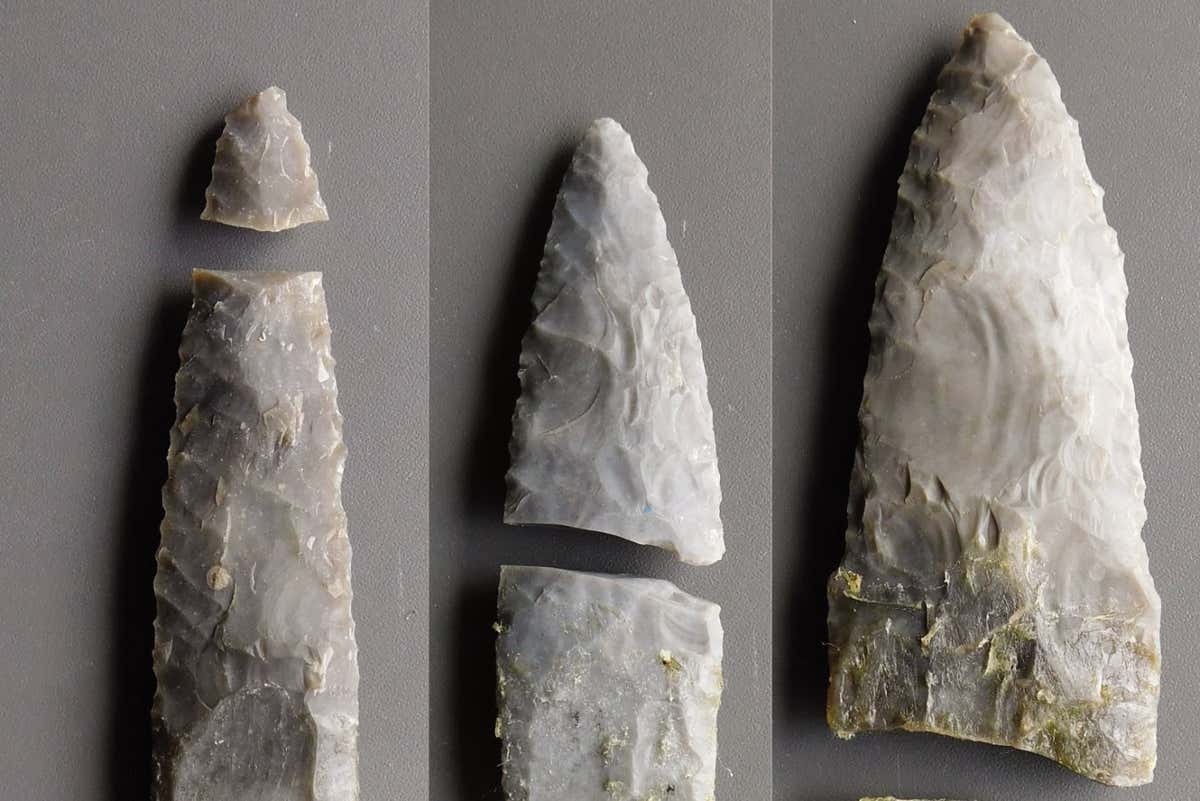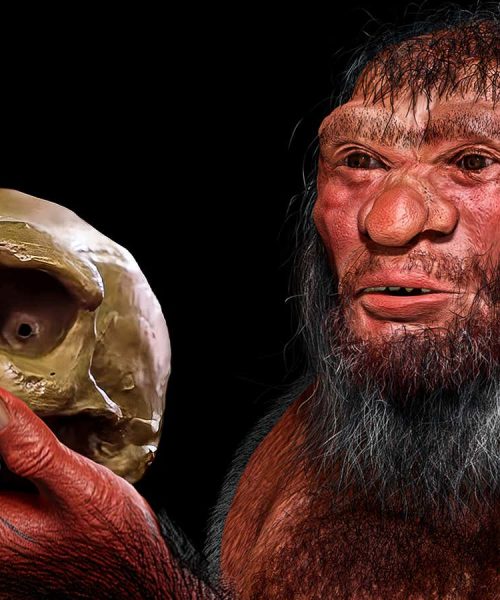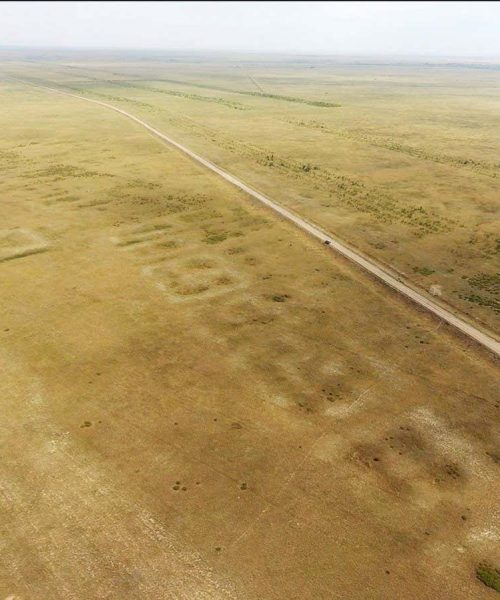
Prehistoric stone blades called Clovis points could have been used as weapons – or butchery tools
Metin I. Eren
Stone “Clovis points” used by prehistoric hunters to kill animals are also remarkably efficient at cutting meat off a large animal carcass – at least according to a modern bison butchering experiment. The finding complicates our knowledge of prehistoric hunting practices.
Archaeologists teamed up with modern hunters to compare how well replicas of two types of prehistoric stone tools could harvest meat from an animal carcass. They used a humanely killed bison bull weighing more than 450 kilograms.
Advertisement
“This study actually showed that Clovis points were more effective than what was presumed to be the butchery tool: large stone flakes,” says Metin Eren at Kent State University in Ohio.
The five hunters, associated with the MeatEater outdoor lifestyle company, took just 3 hours and 10 minutes to completely butcher the bison carcass using both stone tools. But the Clovis points achieved a butchering efficiency of 0.38 kilograms of meat per minute, whereas the handheld stone flake tools processed 0.34 kilograms of meat per minute.
The Clovis points, which were mounted on wooden handles, had the added benefit of not injuring any users, whereas four out of five experts suffered minor cuts while using the handheld stone flakes.
But the Clovis points also required frequent resharpening during the butchering – and three of the 10 stone tools broke. “They demonstrate that the Clovis points work well, but they also demonstrate that the Clovis points break a lot,” says John Shea at Stony Brook University in New York, who was not part of the study. “And this is important because those things are not easy to make.”
Still, prehistoric peoples in the Americas may have adopted “such a labour-intensive and breakage-prone artefact” as part of social displays of group cooperation and stone working skills, says Shea.

Field processors butcher the bison with stone tools, while recorders take notes on how they use them
Seth Morris
Another surprise came from how a Clovis point snapped and broke in a way that was nearly identical to how another Clovis point on an atlatl weapon broke when hurled at an elephant carcass in a previous study. “The possibility of snap breaks being mistaken for impact breaks is an eye-opener from the standpoint of interpreting how Clovis points might have been used,” says Vance Holliday at the University of Arizona, who did not participate in the study.
That means broken Clovis points discovered at prehistoric archaeological sites may not represent a “smoking gun for hunting”, as researchers previously believed. They could instead show how people “came across an already dead animal and scavenged it”, says Eren. In other words, deducing prehistoric hunting and scavenging behaviours just got a lot more complicated.
Topics:





